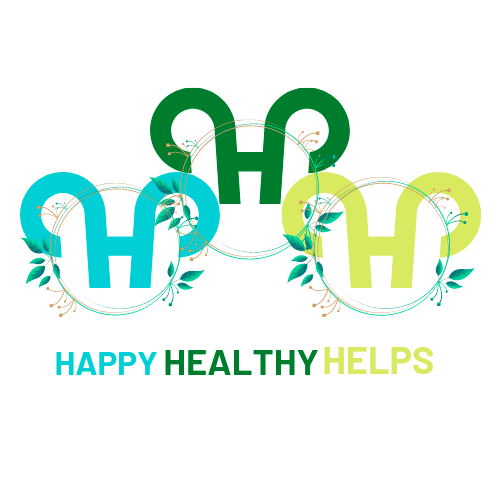The Ultimate Full Body 10-Minute Guided Stretching Session

Welcome to your comprehensive guide to mastering flexibility through a full body stretching routine! Whether you’re an athlete, fitness enthusiast, or someone seeking to improve overall mobility and well-being, understanding the ins and outs of stretching is crucial. In this detailed blog post, we’ll delve deep into the benefits of stretching, fundamental principles to follow, and provide an extensive step-by-step guide to a complete full body stretching routine that you can integrate into your daily life.

Benefits of Stretching:
- Enhances Flexibility: Stretching increases muscle elasticity and joint range of motion, allowing for greater flexibility in movements and activities.
- Injury Prevention: Regular stretching helps to maintain muscle balance and prevent overuse injuries by reducing muscle tightness and improving joint mobility.
- Performance Improvement: Flexible muscles and joints enable better athletic performance, as they allow for greater efficiency of movement and reduced risk of muscle strain.
- Stress Relief: Stretching promotes relaxation by releasing tension in muscles, which can alleviate physical and mental stress accumulated throughout the day.
- Posture Correction: Stretching tight muscles helps to correct postural imbalances, leading to better alignment of the spine and improved overall posture.
Experience the transformational power of targeted stretching – say goodbye to back, hip, and shoulder discomfort
Fundamental Principles of Stretching:
- Warm-Up: Always begin your stretching routine with a 5-10 minute warm-up, such as light cardio or dynamic movements, to increase blood flow and prepare your muscles for stretching.
- Hold and Relax: Hold each stretch for 20-30 seconds, focusing on deep, slow breaths to relax the muscles and increase the stretch gradually.
- Gentle and Controlled: Perform each stretch in a slow, controlled manner, avoiding sudden or jerky movements that could lead to injury.
- Listen to Your Body: Pay attention to your body’s signals and avoid stretching to the point of pain. Discomfort is normal, but stop if you experience sharp or intense pain.
- Consistency is Key: Incorporate stretching into your daily routine to reap the long-term benefits. Aim for at least 10-15 minutes of stretching each day, focusing on different muscle groups.

Full Body Stretching Routine:
- Neck Stretch: Side-to-Side and Front-to-Back
- Shoulder Stretch: Arm Across Chest and Overhead Reach
- Chest Opener: Wall Stretch or Door Frame Stretch
- Triceps Stretch: Overhead and Behind-the-Back
- Upper Back Stretch: Cat-Cow and Seated Twist
- Cat-Cow Stretch: Spinal Flexion and Extension
- Forward Fold: Standing or Seated
- Hamstring Stretch: Standing or Seated Forward Fold
- Quadriceps Stretch: Standing or Kneeling
- Calf Stretch: Wall or Standing
- Hip Flexor Stretch: Lunge or Runner’s Stretch
- Glute Stretch: Figure Four or Pigeon Pose
- Adductor Stretch: Butterfly or Seated Straddle
- Spinal Twist: Supine or Seated
- Child’s Pose: Extended Arms or Arms Alongside Body
Begin your blog by highlighting the importance of stretching for overall flexibility, mobility, and injury prevention. Emphasize that even a short 10-minute session can make a significant difference in how your body feels and functions throughout the day.
Experience the transformational power of targeted stretching – say goodbye to back, hip, and shoulder discomfort
Section 1: Warm-Up (1 minute)
- Start with gentle movements like neck rolls, shoulder shrugs, and wrist circles to warm up the muscles and joints.
- Encourage deep breathing to relax the body and focus the mind.
Section 2: Upper Body Stretching (3 minutes)
- Lead your readers through a series of upper body stretches, including arm crossovers, triceps stretches, and chest openers.
- Remind them to maintain proper form and breathe deeply into each stretch.
Section 3: Lower Body Stretching (3 minutes)
- Transition into lower body stretches such as hamstring stretches, quad stretches, and calf stretches.
- Encourage gentle movements to increase flexibility without overexertion.
Section 4: Full Body Relaxation (2 minutes)
- Guide your readers through a brief full-body relaxation sequence, focusing on releasing tension from head to toe.
- Use calming language to promote relaxation and stress relief.
Section 5: Cool Down and Reflection (1 minute)
- Conclude the session with gentle movements to cool down the body, such as gentle twists and side bends.
- Invite your readers to take a moment to reflect on how they feel after the session and express gratitude for their bodies.

Conclusion:
Wrap up the blog by reinforcing the importance of incorporating regular stretching into their daily routine for improved flexibility, mobility, and overall well-being. Encourage them to revisit the guided stretching session whenever they need a quick boost of energy or relaxation.

